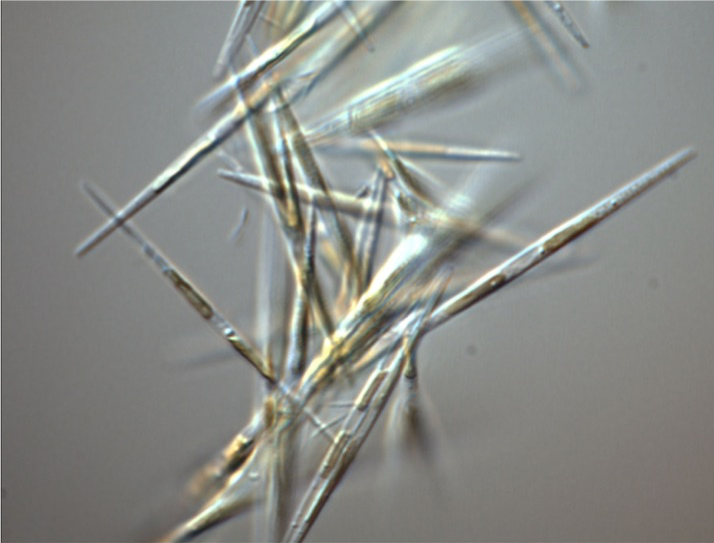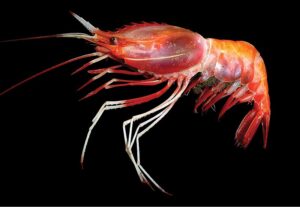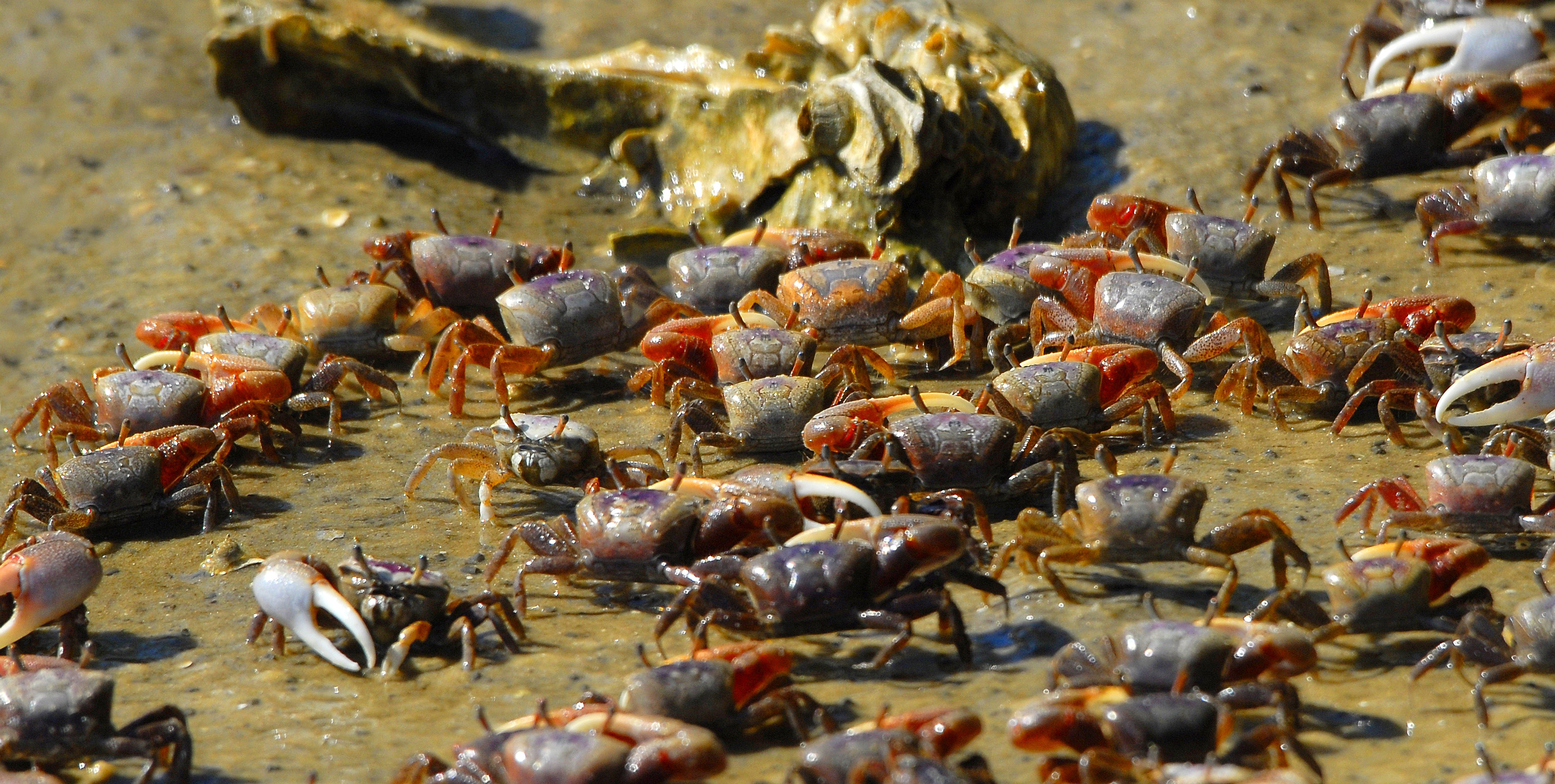Reference: Font-Muñoz, J. S., Sourisseau, M., Cohen-Sánchez, A., Tuval, I., & Basterretxea, G. (2021). Pelagic diatoms communicate through synchronized beacon natural fluorescence signaling. Science Advances, 7(51), eabj5230. https://doi.org/10.1126/sciadv.abj5230
Understanding light-based microbial communication could have huge implications for our ecosystems
Social communication is abundant in the oceans, from the plaintive echoes of whale song to the territorial chirps of damselfish as they protect their section of the reef. However, communication isn’t limited to animals— increasing evidence shows that microorganisms do it too. In most cases, microbes use chemical signals to communicate with each other, allowing them to collectively modify their behavior. This might be beneficial in responding to varied situations, such as a mounting a defensive response, or finding a mate.
A little light conversation
However, recent work by a team from the French Institute for Sea Research and the Mediterranean Institute for Advanced Studies revealed that certain microbes can respond to another type of cue. They found that diatoms, single-celled algae with cell walls made of silica, use light as a means of communication.

While observing diatom communities, the researchers noticed that diatom movements weren’t random—they were arranging themselves in specific ways. As the diatoms sank, they “wobbled”, in an oscillating cell movement that was quickly adopted and synchronized across a population of diatoms. Wobbling modulates the natural fluorescence of diatom chlorophyll pigments, generating pulsing light signals.
The researchers hypothesized that these signals were a kind of microbe morse code, but there was one caveat: the light that diatoms were giving off was red. Because red light is quickly filtered in deeper water, most marine organisms cannot detect red or far-red light.

A bright red deep-sea shrimp. Deep-sea animals are usually red as the lack of red light in deep water means that they are functionally invisible. Image from Yang, Kumar and Chan, 2017. Licensed under Creative Commons Attribution 4.0.
Previous work showed that, rather unusually, diatoms possess sensory cells attuned to red light. To see if diatoms could detect and respond to red light in an aquatic environment, the researchers pulsed red light onto diatoms in a tank. They mimicked the signal of a neighboring diatom by pulsing the light at a similar frequency to diatom wobbling. The pulsing red light caused the diatoms to begin wobbling in unison and emit the same synchronized light signals, demonstrating that they were communicating and coordinating their behavior as a group.
Small talk makes big waves
Diatoms are one of the most ubiquitous microbes in the ocean. They hold an ecologically vital role in marine ecosystems, forming the base of many food chains— it’s estimated that they make up 20-40% of primary production in the ocean. The dynamics of diatom behavior underlie some massive natural phenomena— phytoplankton blooms, or the way that carbon is stored in the ocean.

Understanding how their interactions drive those dynamics could help us understand processes that affect entire ecosystems. Diatom communication might be microscopic, but its impacts are felt on a global scale.
I’m a Ph.D. candidate in Biology at Caltech. I study animal regeneration across phylogeny— my interests include the evolution and development of weird animals and obscure science history.




Good morning, This article got my attention. I am interested in Diatom growth in the top meter of water. In particular the effects of increase and decrease of red and blue light. If you have any time to respond in a non-technical manner I would be very grateful.
A Aquarius by nature,
Dave Spangler